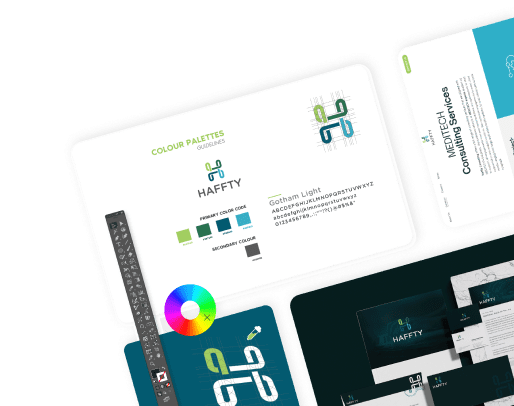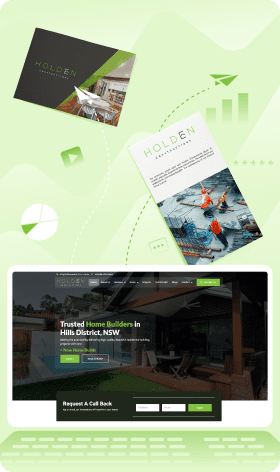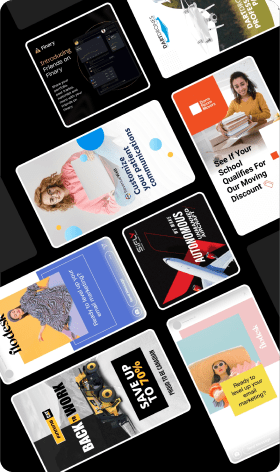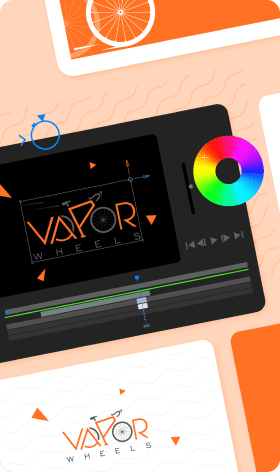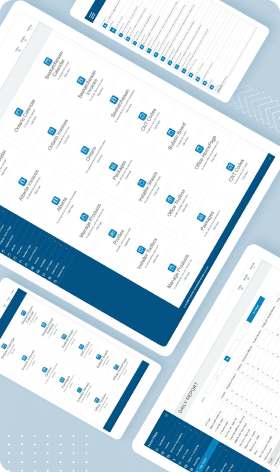Creating a website that catches the eye and is easy to navigate isn’t just about having great content or flashy graphics. It’s about the experience that your visitors go through from the moment they land on your site to the moment they leave. This is where User Experience (UX) and User Interface (UI) design play a pivotal role. In this blog, we will discuss deeply why UX/UI is so crucial in web design, the best practices you should follow, and how it impacts your website’s performance.
Importance of UX/UI in Web Design
Ever landed on a website that feels like a warm welcome? Or maybe felt lost and clicked away as fast as you came? That’s UX and UI at work. UX design refers to the overall experience a user has on your website, which includes how easy it is to find information and how pleasant it is to navigate through different pages. UI design, on the other hand, focuses on the visual and interactive elements of the website, like buttons, colors, typography, and other graphics. UX web design is one of the Top UX Design Trends That Every Business Should Follow.
Why is this important?
Because a well-designed UX/UI not only makes your website look professional but also builds trust with your visitors. It shows you care about their comfort and ease of use. A good UX/UI can:

Increase Engagement with UX strategies: A user-friendly site encourages visitors to stay longer and explore more.
Boost Conversions: Simpler navigation can lead users more smoothly toward making purchases or signing up.
Reduce Bounce Rates: When users find what they need easily, they’re less likely to bounce off to another site.
In short, investing in good UX/UI design isn’t just about aesthetics, it’s about creating a positive environment where visitors can enjoy their journey on your website.
Best Practices for UX/UI in Web Development
To craft a user-friendly website, there are several best practices you should follow. These tips can help you make sure that users not only find your website appealing but also functional and efficient.
Keep It Simple: Clutter can overwhelm users. Stick to clean layouts with ample white space which makes your content more readable and navigation smoother.
Be Consistent: Consistency in design (like using the same color scheme and font style across your website) makes your site easier to navigate and gives it a professional look.
Optimize for All Devices: With more people using mobile devices to access the web, ensure your site looks good and works well on all screen sizes.
Fast-loading Times: No one likes to wait. Ensure your website loads quickly to keep users happy and engaged.
Accessibility is Key: Make sure that everyone, including people with disabilities, can use your website comfortably.
By focusing on these areas, you can create a UX/UI that isn’t just visually appealing but also functional and inclusive.
Impact of UX/UI on Website Performance
Now, let’s talk about the real-world impact of good UX/UI design on website performance. It’s not just about making things look pretty; it’s about measurable outcomes.
Enhanced User Satisfaction: A well-thought-out UX/UI leads to a smoother user experience, which in turn increases user satisfaction and loyalty.
Improved SEO Rankings: Search engines love websites that provide a good user experience. Enhanced UX/UI can lead to better SEO rankings as it signals to search engines that your site is of high quality.
Higher Conversion Rates: Effective UX/UI design guides users towards taking action, whether it’s signing up for a newsletter or making a purchase, thereby boosting your conversion rates.
Ultimately, the impact of UX/UI design goes beyond the surface level. It influences how visitors perceive your brand, how they interact with your website, and their decision to return or convert.
Creating a website that engages and converts isn’t just about having the best content or the most innovative products. It’s about how you present that content and those products to your visitors. UX/UI design plays an essential role in crafting web experiences that are not only visually appealing but also user-friendly, inclusive, and effective.
Now, why not take a moment to think about your own experiences? Which websites have made you feel welcome, and which ones made you leave in frustration? What elements made the difference for you? Share your thoughts and let’s discuss how good design impacts our online journeys!
Also Read This Blog: Why Your Business Needs Professional Application Development Services






